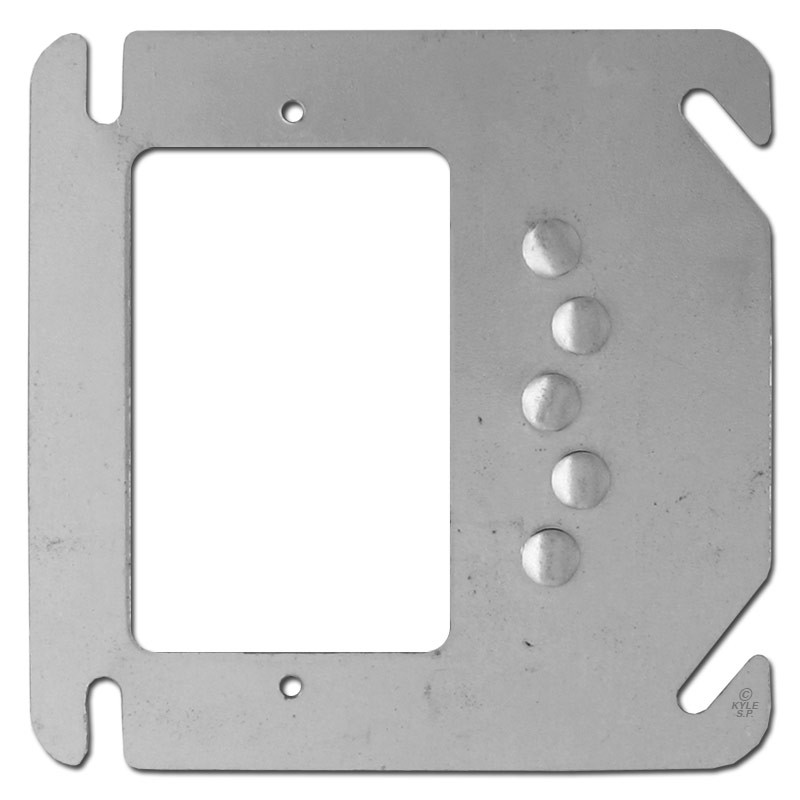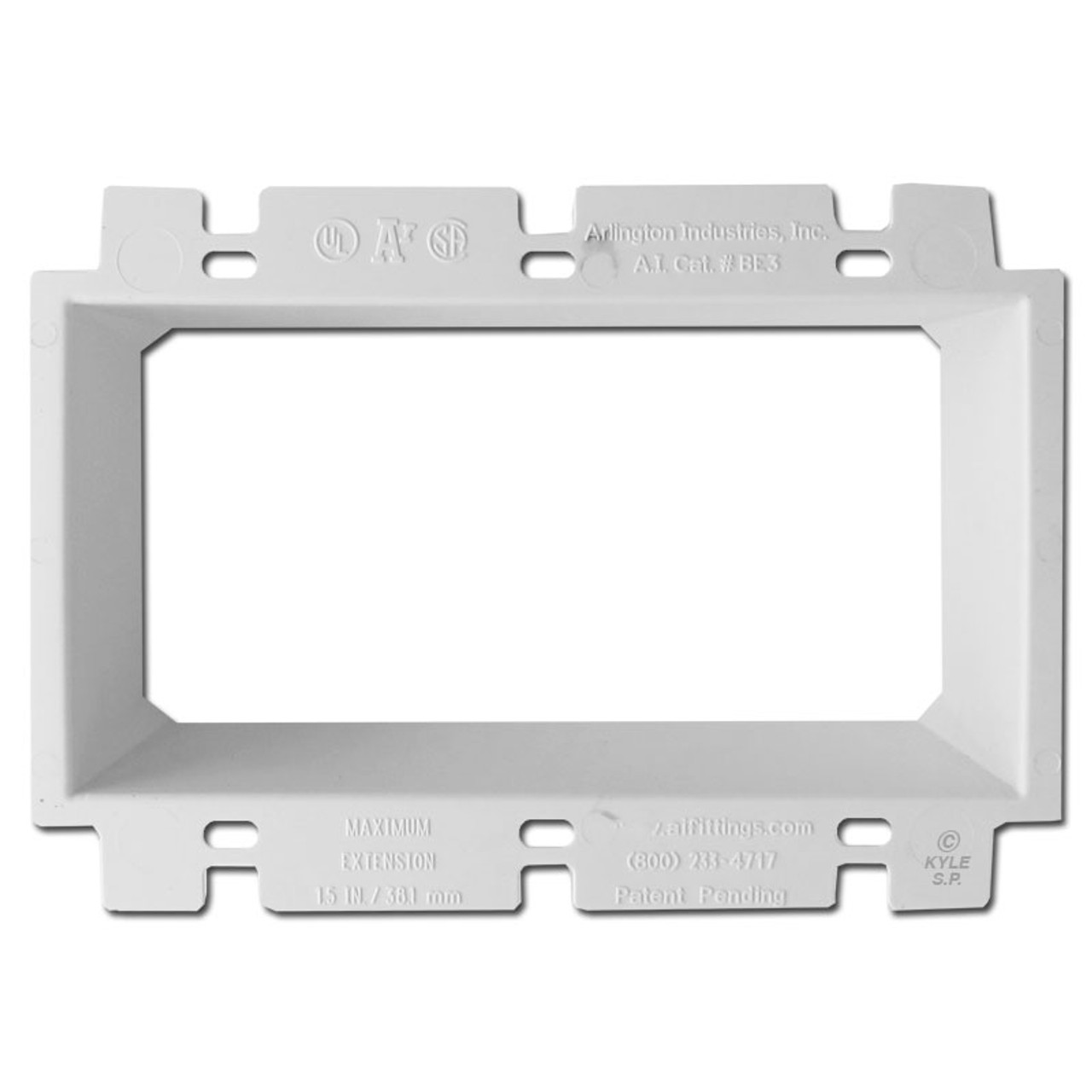

Section 250-148(a) requires that a connection be made between the equipment grounding conductor(s) and a metal box by means of a listed grounding device or a grounding screw that serves no other purpose.

Types include: a copper or other corrosion-resistant conductor, metal conduit (rigid and intermediate), electrical metallic tubing, and 10 other specific items. Section 250-118 discusses types of equipment grounding conductors. Although the stipulations in Parts F and G are too numerous to mention, two sections are notable. While Article 250, Part F (Sections 250-110 through 126) covers equipment grounding and equipment grounding conductors, Part G (Sections 250-130 through 148) covers methods of equipment grounding. Section 370-22 also states that equipment grounding, where required, must be in accordance with Article 250. A box or extension ring, covering a box from a concealed wiring system, must be mechanically secured over the concealed box. A surface extension is simply a transition point between concealed wiring and exposed wiring. Greater-than-1/8-inch gaps or open spaces must be eliminated regardless of cover plate size.Ī surface-mounted box installed over a concealed box, for the purpose of extending the electrical wiring system, is called a surface extension. Hiding damaged or incomplete drywall (plaster, etc.) by installing an oversize (or jumbo) cover plate does not satisfy the requirement of this section. Broken (or incomplete) drywall, plasterboard, or plaster surfaces must be repaired so that no gap or open space surrounding the box or fitting exceeds 1/8 inch. Whoever performs the cutting, compliance with Section 370-21 is mandatory. But, where the drywall is existing or has already been installed, the electrician usually cuts the holes. Usually, electricians are not responsible for cutting holes in drywall, plasterboard, or plaster. In noncombustible material, the front edge of the box must be within 1/4 inch of the finished surface.ģ70-21 Repairing Drywall (or Plasterboard) and Plaster To reiterate, within combustible material, boxes must either be flush or extend beyond the finished surface. In walls or ceilings constructed of noncombustible material (concrete, tile, etc.), boxes must be installed so that the front edge will not be set back more than 1/4 inch from the finished surface.īoxes in walls or ceilings constructed of combustible material, such as wood, must be flush with, or project beyond, the finished surface.Īlthough these rules are easily understood, they are often ignored.
#Extension plaster rings for electric outlets code#
The National Electrical Code (NEC) contains minimum setback requirements for boxes installed in combustible, as well as noncombustible types of material. This is a violation, regardless of the type of material surrounding the box. At times, the box’s front edge ends up more than 1/4 inch behind the finished surface. Section 370-20 can easily be overlooked during the box installation procedure.


 0 kommentar(er)
0 kommentar(er)
